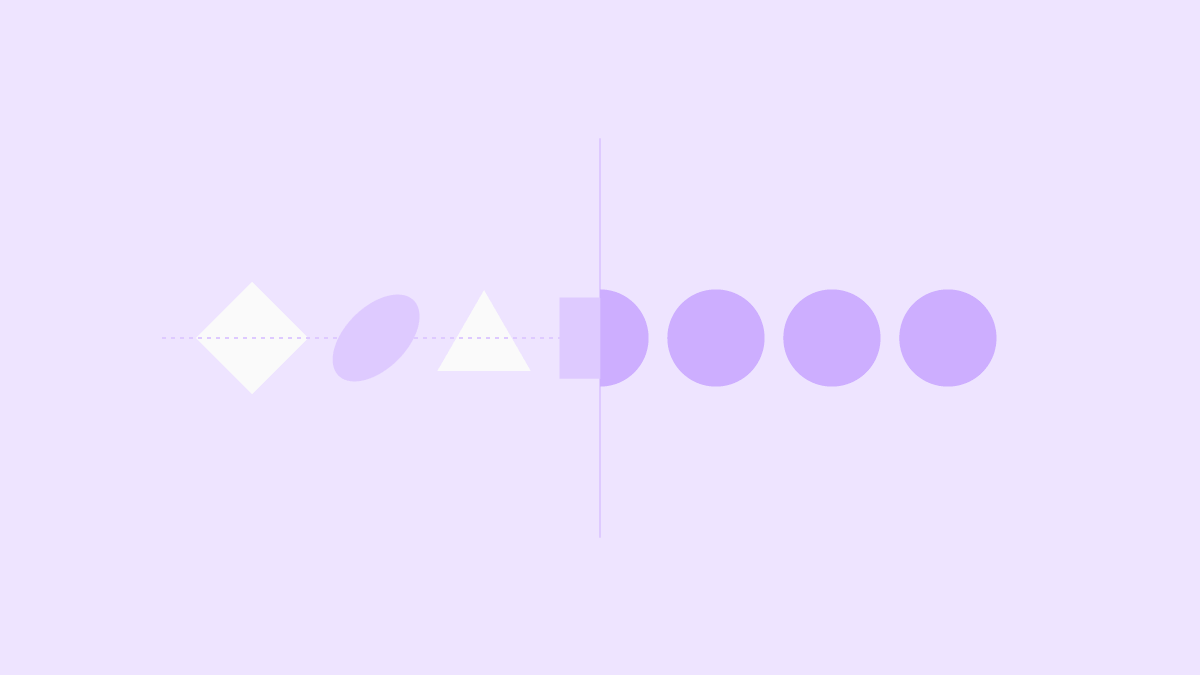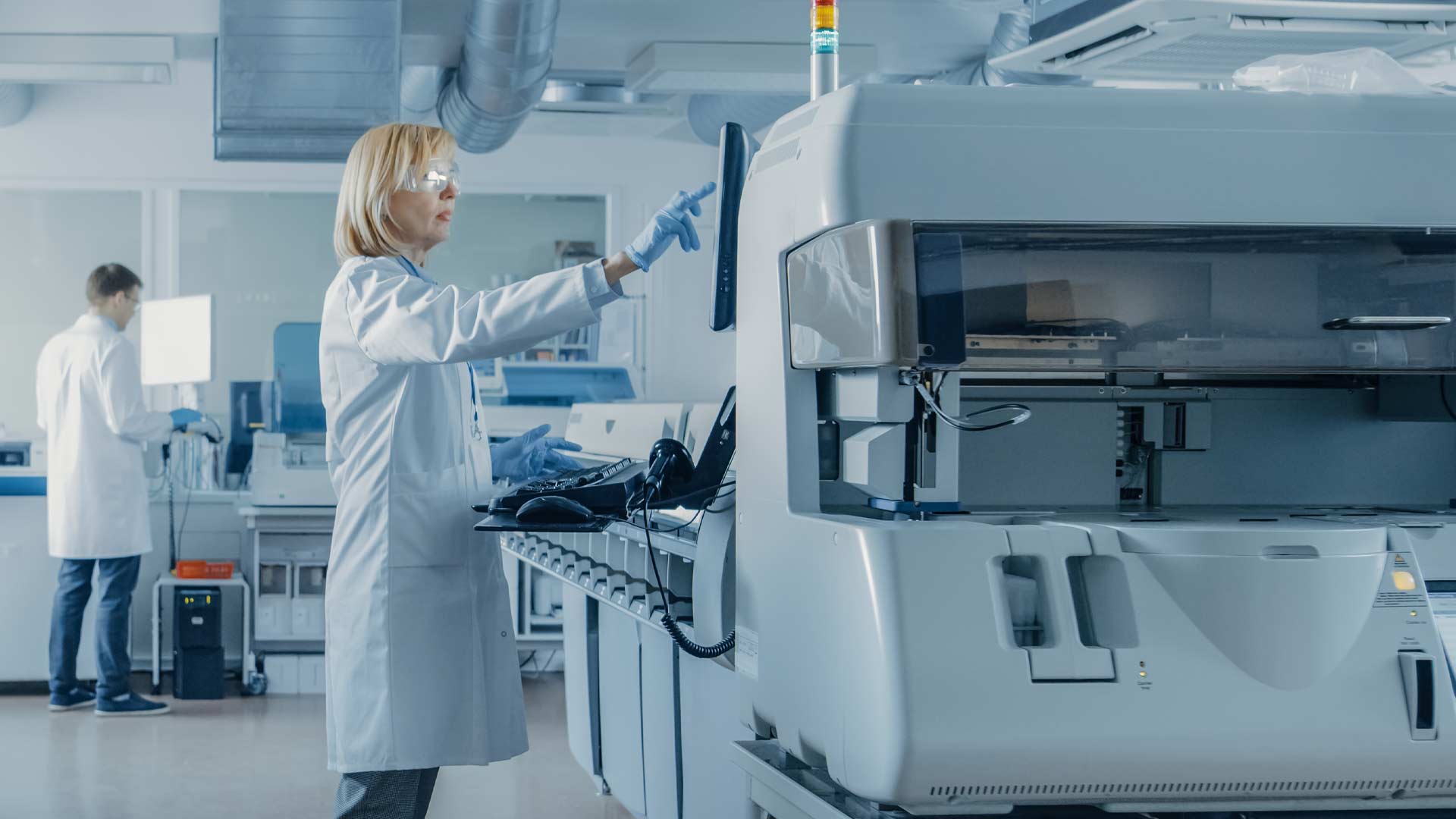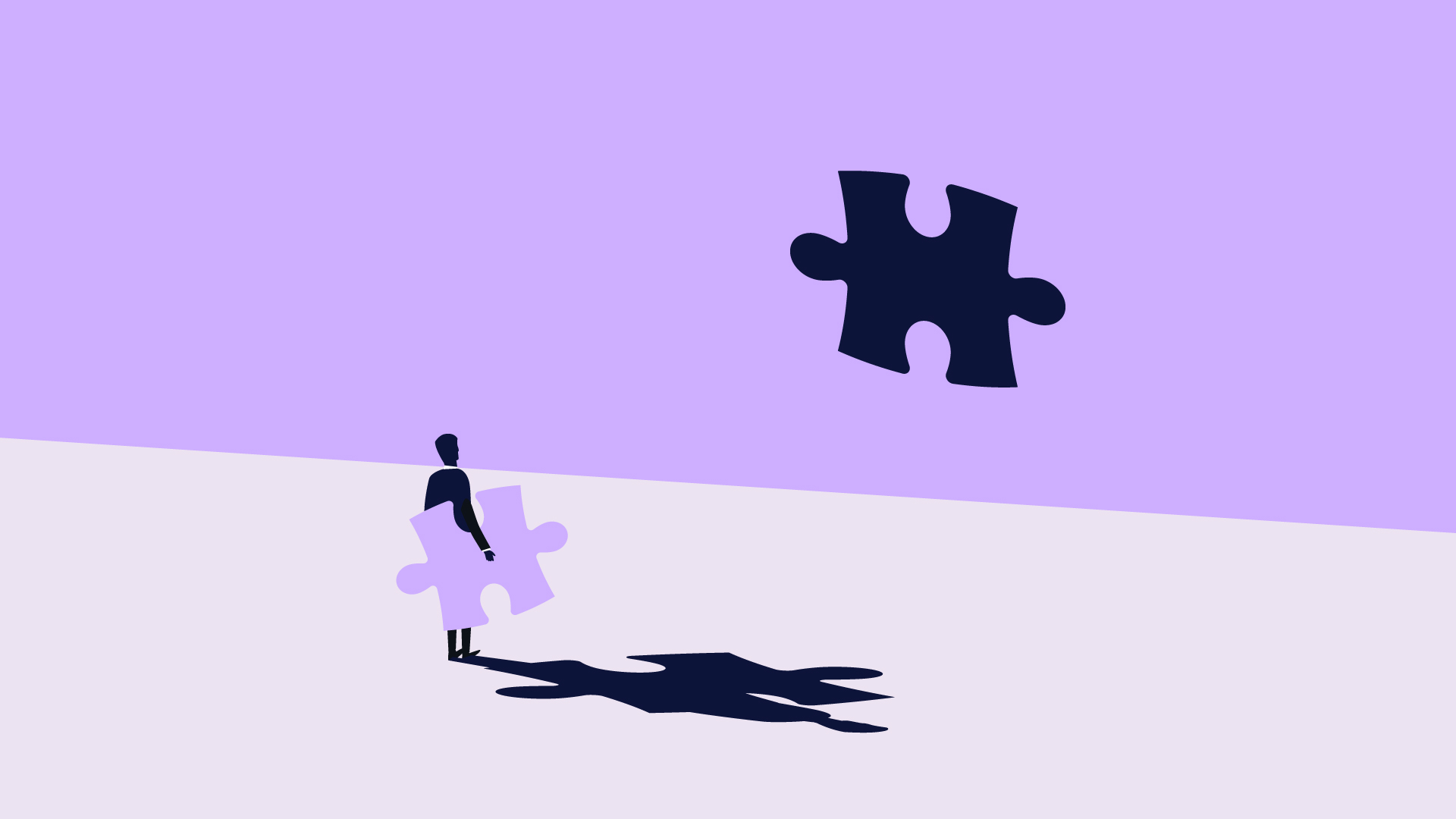
When producing medical devices, it’s important to have a robust Quality Management System (QMS) in place to ensure that devices are developed and consistently produced in line with the relevant quality standards in each market. To do this, you need to store a whole host of technical documents and keep them up-to-date.
But how do you know what to file? Confusingly, requirements differ somewhat across markets, and the names of the files differ, too. Thankfully, though, there is a set of international standards that define what is to be kept in a “Medical Device File” (MDF) as described in ISO 13485.
This collection of technical documents provides a comprehensive record of how a medical device was designed, developed, and improved. Encouragingly, EU standards are aligned with international standards, and the US is becoming more aligned with them, too.
So, how do you manage an MDF and technical documentation, you ask? This post will explain the international standards, as well as the regulatory requirements for the EU and the US, and how to use QMS software as an efficient medical device technical file solution.
What is a medical device file (MDF) and the technical documentation that it houses?
An MDF is a central repository for medical device technical documentation that shows how a device was designed, developed, manufactured, and tested, as well as the “recipe” for how it is currently made. It summarizes all the necessary information to evaluate the safety, efficacy, and quality of the medical device and ensure it works as intended.
In the EU, the term “Medical Device File” is not used; instead, an umbrella term for medical device “technical documentation” is used. The term “Medical Device File” originates from the international standards for medical devices, ISO 13485.
In the US, recent changes to legislation mean that “Medical Device File” is now the new overarching term used in relation to the storage of medical device technical documentation, and the content requirements have also been harmonized with international standards.
Why is a medical device (technical) file important?
A Medical Device File, or equivalent, is crucial for safeguarding patient safety and ensuring that medical devices conform to expected standards and are reliable.
For manufacturers, remaining compliant with quality management standards for medical devices is a fundamental part of the regulatory approval process in each market. Importantly, it shows that the device complies with conformity standards in terms of how it was designed, developed, manufactured, and tested.
Medical device (technical) file requirements
Requirements for the International Standard ISO 13485 medical device file
ISO 13485 is the international standard for quality management systems specifically for medical devices.
If a medical device manufacturer wishes to declare that a medical device conforms to international standards, it must conform to ISO 13485 and keep a medical device file with a detailed and comprehensive collection of technical documents, in addition to complying with the specific local regulations that are required by local regulatory bodies where marketing the device is intended.
Requirements of the ISO 13485 medical device file include:

- Core requirements: All medical device technical files include a device description, design, and manufacturing information. There also needs to be a documented risk management process, post-market surveillance and other essential documents.
- Quality Management System: ISO 13485 mandates that a robust QMS be implemented, which includes management of the medical device file.
- Traceability and repeatability: Documents in the ISO 13485 medical device file need to be well-maintained and traceable throughout the lifecycle of a device, with documented procedures that are consistent and repeatable.
- Document retention timeline: Periods vary, but generally, records must be kept for at least the lifetime of the medical device, or a minimum of two years after the device is released, whichever is longer.
Requirements in the United States 21 CFR 820
To market a medical device in the US, the manufacturer must submit an appropriate application to the FDA for market approval, who then review the submission, including the technical documents within the medical device file.
The contents of the MDF must align with the requirements of the FDA’s Quality Management System Regulation (QMSR), 21 CFR 820, which governs the quality system regulations of medical devices.
Scilife Tip:
Recent changes have led to harmonization between the international standards of ISO 13485 and the FDA’s own regulatory framework.
'MDF' is now the new overarching term for the technical documentation that relates to how a device was designed, developed, manufactured, and tested, and the content is harmonized with international standards.
These new rules don’t technically come into force until February 2026, and until then, organizations may continue to be aligned with three separate files; the Device Master Record (DMR), Design History File (DHF), and Device History Record (DHR), all of which are becoming combined into the MDF.
Recommended learning: Read more about the differences between DMR, DHF & DHR in our blog post and the changes that are coming.

- Core requirements: MDFs include a device description, intended purpose, non-clinical and clinical study data (if studies were conducted), labeling, specifications for the device and its manufacture, packaging and storage, any post-market surveillance conducted, and post-market proof of registration and device listing with the FDA.
- Demonstrate compliance: The MDF should demonstrate compliance with QMSR.
- Risk-based variations in requirements: Medical devices are classified into three classes (I, II or III), based on the level of risk to patient health and the level of control needed to assure safety and effectiveness. The technical documentation needed varies depending on the class of the medical device.
- Submission of medical device technical documentation: The MDF itself is not submitted to the FDA; rather, a specific submission for a particular approval pathway is selected, with each having different requirements for supporting technical documentation. Submission types include:
- Premarket notifications, or 510(k), for devices similar to devices already on the market
- Premarket approvals (PMA), for high-risk devices, dissimilar to anything already on the market
- De novo pathway, for low to moderate risk novel devices, dissimilar to anything on the market
- Humanitarian device exemptions, for devices intended to benefit patients with rare diseases
- Document retention timeline: The requirements of QMSR are generally aligned with international standards. All records must be kept for at least the period of time equivalent to the design and expected lifespan of the device, or two years after the device is released for commercial distribution, whichever is longer.
Requirements in the European Union MDR 2017/745
To market a medical device in the EU, the device manufacturer must classify their device by determining its risk level and prepare a dossier of medical device technical documentation that demonstrates compliance with the relevant regulation.
General medical devices should comply with the European Medical Device Regulation (MDR 2017/745), whereas medical devices for in vitro diagnostics must comply with the In Vitro Diagnostic Regulation (IVDR 217/746).
Requirements for medical device technical documentation include:

- Core requirements: All medical device technical files include a device description, design specifications and manufacturing processes, a risk analysis and documented risk management process, documentation showing how the device was designed and validated, and documentation relating to post-market surveillance (PMS).
- Rules-based variations in requirements: The European regulations governing medical device technical documentation are generally aligned with the content requirements of the ISO 13485 medical device file; however, the exact requirements vary, depending on the device, according to a rules-based system..
In the EU, devices are classified into four classes (I, IIa, IIb, or III), depending on the risk they pose to patient health, and the rules and requirements of the medical device technical file vary based on this class.
The exact rules that apply (and so the medical device technical documentation that is needed) also depend on a number of other factors, such as whether a device is invasive or non-invasive (i.e., whether it works inside or outside the body); active or passive (i.e., whether it needs external power to operate); or uniquely positioned and subject to special rules (such as a device that is used in combination with live tissues or cells). - Submission of medical device technical file: The file of technical documentation that is kept throughout the device’s development and is submitted as a dossier to the Notified Body as part of a conformity assessment.
- General Safety and Performance Requirements (GSPRs): Evidence that the device is in compliance with required safety and performance standards.
- Focus on post-market surveillance: PMS and clinical evaluation are one of the main focuses of EU medical device regulation, and technical documents must show an appropriate PMS, and for some classifications, Periodic Safety Update Reports (PSURs).
- Document retention timeline: Critically, a medical device technical file must be readily auditable for at least 10 years after market approval in the EU, and this period is extended to 15 years for implantable devices. During this time, the file must be kept up-to-date and managed compliantly, making an effective QMS essential.
The medical device (along with the technical documentation) undergoes a conformity assessment by a Notified Body.
Real-life insight: A Notified Body is an independent organization that has been authorized by an EU member state to check whether certain products, such as medical devices, comply with regulations.
If the Notified Body is satisfied that the technical documentation provides the necessary evidence of safety and performance, it issues a declaration of conformity, a CE certificate, and the device can then be sold within the EU.
Real-life insight: A CE mark is a European symbol of quality and safety that shows that any product for sale in the EU conforms to all relevant safety, health, and protection standards. It’s mandatory to have one before you can sell a medical device on the European markets.
Medical device (technical) file contents
The exact medical device technical documentation required in each market varies depending on the local regulations, the device classification and other factors. But generally, the contents required by international standard ISO 13485, the US and the EU have been pretty much aligned since the FDA’s new ruling.
This content includes:
1. Device description:
- Name and unique device identifier code
- Function/intended use
- Indications for use, patient population and who will use/administer it
- Finished design specifications, materials used, components and physical characteristics
- Information about variants and accessories
2. Design, verification and validation:
- Documentation that demonstrates the design process
- Inputs into the design and outputs
- Results from verification and validation activities to demonstrate safety and performance testing to required standards
- Any clinical data collected, including follow ups
3. Manufacturing and specifications:
- Manufacturing instructions and production methods
- Suppliers and sites involved in the design and manufacture
4. Risk management:
- A risk management assessment that identifies, analyzes and controls risks associated with the device throughout its lifecycle
- A risk management plan that includes potential hazards and risk mitigation strategies
5. Post-market surveillance (if relevant):
- A post-market surveillance plan
- Reports and documentation that demonstrate the ongoing safety and performance of the device
6. Essential documents:
- Labeling and instructions for use, including translations where relevant
- How to test device quality
- How to monitor the device
- How to service and install the device (if relevant)

CE medical device technical file remediation
In the EU, technical documents are retained and updated for a minimum of ten years and need to be continuously updated throughout the product lifecycle. CE medical device technical file remediation involves updating the existing documentation regularly.
Remediation ensures that the device continues to comply with the latest versions of the MDR or IVDR regulations.
Device safety and performance data are updated as part of PMS activities, ensuring that safety and effectiveness are continuously assessed to protect patient well-being.
Key takeaways
How can QMS software help you manage your medical device technical file?
The technical file is a complex amalgamation of the available technical documentation for a medical device. Compiling the technical file can be complicated as documentation is needed from many departments and personnel.
Integrating a purpose-built eQMS for medical devices like Scilife can help avoid wasting unnecessary time and reduce the risk of compliance lapses. You can link your design control records and quickly access all the necessary documentation.
Additionally, an eQMS can ensure you are always audit-ready thanks to robust document control capabilities, ensuring you always have the correct document version, audit trail, and electronic signature. You can also set up reminders to keep your medical device file updated!
The technical file is a living document and, as such, requires constant maintenance and upkeep for many years. A robust system managing your technical file is a must, whether analog, digital, or automatic.










